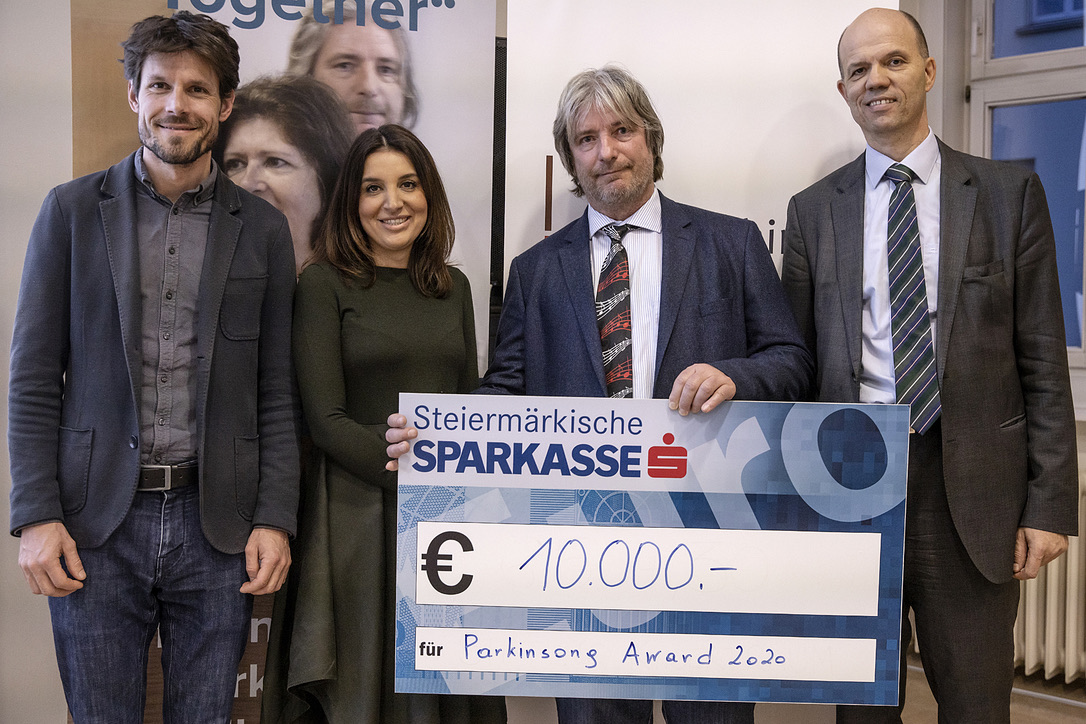Individual Cognitive Change After DBS-Surgery in Parkinson’s Disease Patients Using Reliable Change Index Methodology
Thomas Foki, MD, et al
Long-term therapy of Parkinson’s disease (PD) with levodopa (L-DOPA) is associated with a high risk of developing motor fluctuations and dyskinesia. Deep brain stimulation (DBS) in PD patients of the subthalamic nucleus can improve these motor complications. Although the positive effect on motor symptoms has been proven, postoperative cognitive decline has been documented. To tackle the impact of PD-DBS on cognition, 18 DBS patients were compared to 25 best medically treated Parkinson’s patients, 24 Mild Cognitive Impairment (MCI) patients and 12 healthy controls using the Neuropsychological Test Battery Vienna-long (NTBV-long) for cognitive outcome 12 months after first examination. Reliable change index methodology was used. Overall, there was cognitive change in individual patients, but the change was very heterogeneous with gains and losses. Further research is needed to identify the mechanisms that lead to improvement or deterioration of cognitive functions in individual cases.




